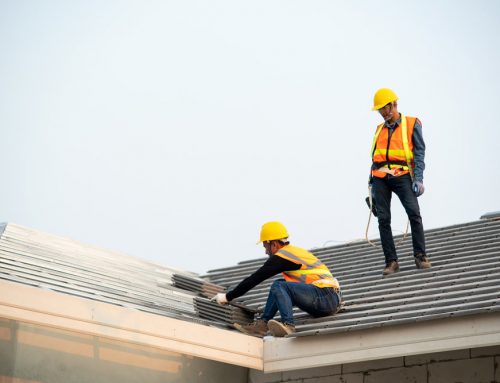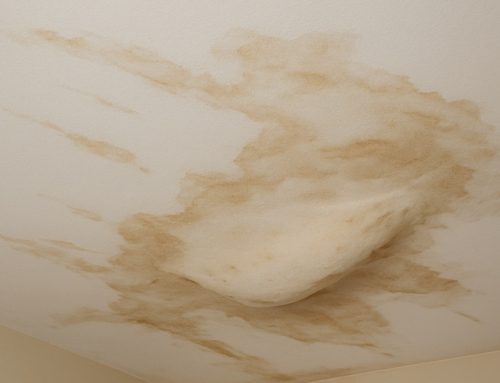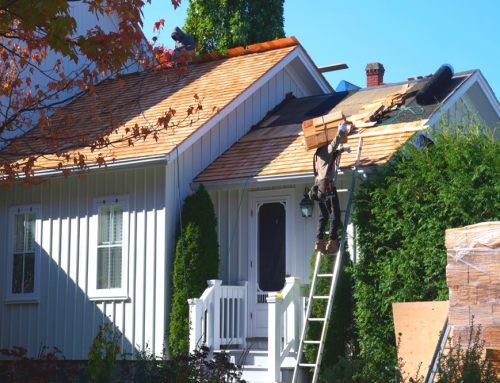When it comes to flat roofs, choosing the right underliner is crucial for the long-term protection and durability of your home. Among the various options available, two popular choices are tar and synthetic underliners. In this blog, we will delve into the characteristics of each option and discuss which one may be best suited for your specific needs. Additionally, we will explore other factors to consider when selecting a flat roof underliner.
Tar
Tar, also known as built-up roofing (BUR), has been a traditional choice for flat roof underliners for many years. It consists of multiple layers of bitumen and felt, which are alternately applied and then heated to create a waterproof and durable surface. Some key characteristics of tar underliners include:
- Cost-Effectiveness: Tar underliners are relatively affordable, making them an attractive option for homeowners on a budget.
- Time-Tested Durability: The multi-layered structure of tar underliners provides excellent protection against water penetration and harsh weather conditions.
- Thermal Insulation: Tar underliners offer good thermal insulation properties, helping to regulate the temperature inside your home and potentially reducing energy costs.
- Easy Repair: If damage occurs, tar underliners can be repaired by patching or reapplying layers, extending their lifespan.
Synthetics
In recent years, synthetic underliners have gained popularity due to their advanced materials and enhanced performance. These underliners are typically made of synthetic rubber, thermoplastics, or modified bitumen. Here are some key advantages of synthetic underliners:
- Lightweight & Flexible: Synthetic underliners are generally lighter and more flexible than tar underliners, making installation easier and reducing stress on the roof structure.
- Superior Waterproofing: Synthetic materials provide exceptional resistance to water penetration, ensuring maximum protection against leaks.
- UV Resistance: Many synthetic underliners have built-in UV resistance, which helps prolong their lifespan by preventing degradation from sun exposure.
- Reflective Properties: Some synthetic underliners are designed with reflective surfaces, reflecting sunlight and reducing heat absorption, thus enhancing energy efficiency.
Which is Best for You?
Deciding between tar and synthetic underliners depends on various factors, including your budget, climate, and long-term goals. Consider the following points when making your decision:
- Budget: If you have budget constraints, tar underliners may be a more cost-effective choice.
- Climate: In regions with extreme temperatures or frequent freeze-thaw cycles, synthetic underliners may offer better durability and resistance to damage.
- Longevity: Synthetic underliners generally have longer lifespans and may require less maintenance over time, making them a favorable option for homeowners seeking a more durable solution.
Other Factors to Consider
In addition to the underliner material, here are some other factors to consider when choosing a flat roof underliner:
- Roof Slope: The slope of your roof affects water drainage. For low-sloped roofs, both tar and synthetic underliners can work well, but synthetic options may offer better water resistance.
- Maintenance: Evaluate the level of maintenance you are willing to undertake. Tar underliners may require periodic inspections and reapplication, while synthetic options often require less maintenance.
- Contractor Expertise: Ensure that the roofing contractor you hire has experience and expertise in installing the specific underliner material you choose.
- Building Codes & Regulations: Check local building codes and regulations to determine if there are any specific requirements or restrictions for flat roof underliners in your area.
Choosing the right underliner for your flat roof is a decision that should be based on careful consideration of various factors. Both tar and synthetic underliners have their advantages and considerations. Assess your budget, climate, and long-term goals to determine which option is best suited for your home. Additionally, take into account other factors such as roof slope, maintenance requirements, contractor expertise, and local regulations. By making an informed decision, you can ensure the long-lasting protection and performance of your flat roof. If you’re looking for an expert flat roof contractor to help you with all of your flat roof needs, the expert team at California Energy Contractors is here to help. For a free, no-obligation estimate, give us a call at (855) 779-1413 or fill out our form here.










